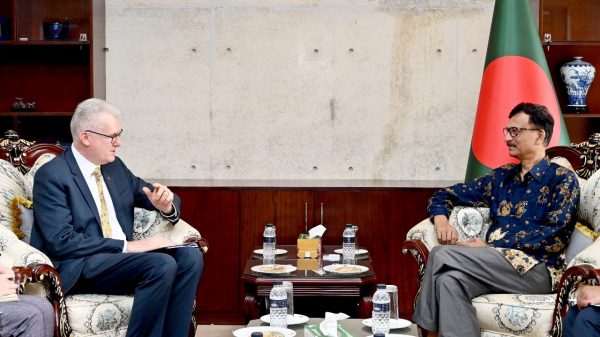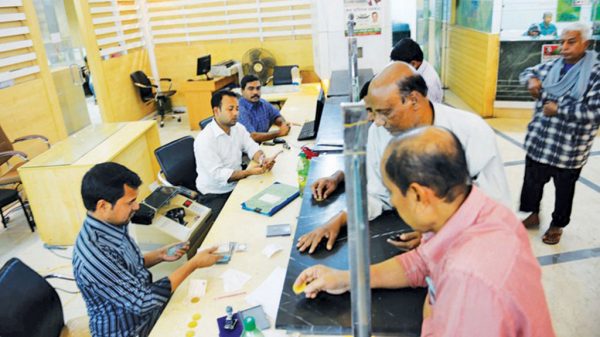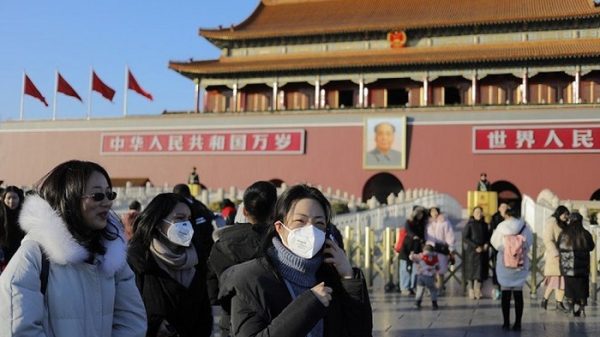Foreign debt repayment surpasses disbursement

Shawdesh Desk:
The existing challenges of foreign debt repayment have become more complicated in the first quarter of already eventful FY25 despite the higher flow of remittance and export incomes after the net flow of foreign loans from both multilateral and bilateral lenders became negative.
The inflow of remittance recorded robust growth in August and September after a hiccup in July, while the export incomes increased by 5 per cent to $11.37 billion in the first the quarter of FY25.
Economists observe that the good performances of remittance and exports may not help the new interim government much to offset the growing pressure on debt payment and the situation may become more complicated with the net negative flow of overseas loans amid chronic revenue shortfall.
The foreign loan disbursement by multilateral and bilateral lenders in July–Septemmer in FY 25 dropped to $831.12 million, showing around 35 per cent decrease from $1,276.22 million disbursement during the same period in FY24.
The debt repayment to lenders increased by 29 per cent to around $1,126.51 million in the first quarter of FY25 from about $870.46 million during the same period of FY24, according to updates by the Economic Relations Division.
A dynamic approach is now needed on overall debt management under the changed scenario, said MK Mujeri, executive director at the Institute for Inclusive Finance and Development.
Without a dynamic approach it will be difficult for the interim government to maintain the debt management amid the ongoing shortage of dollars that pulled down the foreign reserves at $20 billion from $48 billion in August 2021, he said.
The persistent dollar shortage for the past two years has largely been blamed on the flawed economic policies and uncontrolled corruption in the financial sector under the Awami League regime, ousted on August 5 amid a student-led mass uprising.
To maintain debt sustainability the flow of loans on favourable interest rates has to increase in addition to the generation of adequate revenue, said Mujeri while talking to New Age on October 16.
On October 15, the World Bank in a report said that pressure on Bangladesh’s external sector was expected to persist in FY25 and might ease later depending on the improvement of global conditions and increase in the exchange rate flexibility.
The country’s current account deficit narrowed to $6.5 billion in FY24, thanks to a contraction in imports and robust remittances, said the WB report.
Remittances declined in July due to political uncertainty but rebounded as the expatriates sent home $2.2 billion in August, 38.88 per cent higher than the corresponding month in 2023.
The impressive flow continued as remittances in September grew by 80.22 per cent to $2.40 billion from $1.33 billion in the same month of the past year.
Economists said that the interim government should also ensure further growth in export incomes recording 5 per cent growth year-on-year to $11.37 billion in July–September of FY25.
The Bangladesh Bank under its current governor Ahsan H Mansur has taken a number of steps to check the fund leakages in the banking sector and high import growth to bring stability in the foreign currency market.
A previous Economic Relations Division projection has, however, revealed that the foreign loan repayment would grow 53 per cent in FY25, compared with about 38 per cent between FY23 and FY24.
Pressure on debt repayment would increase for maturity of many loans taken for implementing projects on short grace period, said Selim Raihan, executive director at the South Asian Network on Economic Modelling.
The immediate past political regime took around $44 billion foreign loan in the past 14 years making the government’s outstanding debt to $79.69 billion by March 2024 from mere $25 billion in 2009.
The high overseas borrowing has been attributed to implementation of big-budget development projects, namely the Rooppur Nuclear Power Plant, Padma Bridge Rail Link Project, Karnaphuli River Underneath Tunnel, Metro Rail Line Project, LNG Terminal in Maheshkhali, and Payra Sea Port.
He said that the government should go for restructuring of loans as economic benefits of many projects were yet to begin.
Finance adviser to the interim government Salehuddin Ahmed has already asked China for restructuring its loans given to the immediate past government for development projects on high interest rates and short grace periods.
Besides, inflation hovering at decade-high level for that past two years, exchange rate volatility, and high growth of non-performing loans should be checked for absorbing the pressure of high growth in debt repayment, said economists.
According to the Finance Division’s medium-term debt strategy for the period of FY25–FY27, revenue shortfalls and the overshooting of expenditure in comparison with baseline fiscal projections would require extra borrowing from local and foreign sources.
The National Board of Revenue has failed to achieve revenue targets in the past 13 financial years until FY24, despite mostly downward revisions, forcing a 177 per cent increase in government borrowing in the past eight financial years ending in FY23.
Think tank Centre for Policy Dialogue’s distinguished fellow Mustafizur Rahman observes that public borrowing is increasing for debt payment, which, he says is not a good sign.
The Bangladesh government has already taken $2.3 billion under a 4.7 billion loan programme that started in 2023 with the International Monetary Fund and is expecting to further borrow $3 billion to maintain its debt servicing.























Leave a Reply